1. You should understand the terms and conditions of the sale thoroughly before you buy registered British White Cattle.
2. Remember, a buyer is not authorized to register a purchased animal. An animal’s first owner is, alone, authorized to register that animal, and so it is wise to see the animal’s registration certificate before you purchase.
3. Instruct your seller how to transfer the registration papers to you. Record them in the name you plan to use as a member of the British White Cattle Association. For example, if your membership name is Smith British Whites don’t have the papers transferred to “Bill Smith”.
4. Check the ear tattoos of each animal you buy. They must match the tattoos on the registration certificate. Check them again when you receive the new registration certificates in your name. (flashlights are sometimes necessary)
5. Contact the seller if you fail to receive the transferred certificates within 30 days after purchase.
6. Learn the required animal health regulations for your area. Insist on any tests that may be required by state or federal.
7. Join the British White Cattle Association if you are not already a member.
8. Keep accurate records from the start. Your cattle and even your reputation as a seed stock producer can be no better than your records and the way that you keep them. Identify all calves at birth with an ear tag and or tattoo. Calves must be tattooed before they are registered. Permanently record ear tag numbers, breeding dates, calving dates, tattoos and parentage.
9. Register your calves as soon after birth as possible. Registration blanks are available from the BWCAA office.
10. When you sell a registered animal, you should transfer the certificate to the buyer. The transfer application is on the back of your certificate. It should be completed, signed and mailed to the BWCAA office along with the proper transfer fees. It is generally expected that the seller pays the transfer fees but you as the buyer should always confirm.

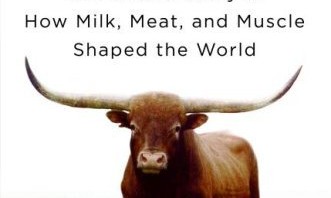
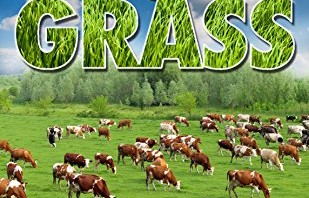

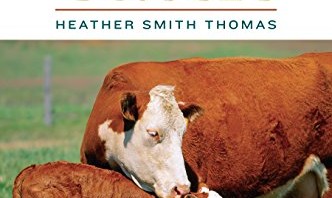
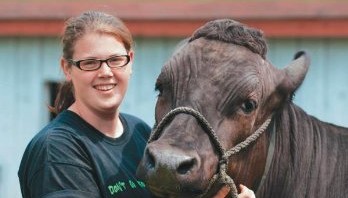
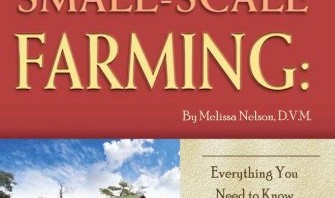
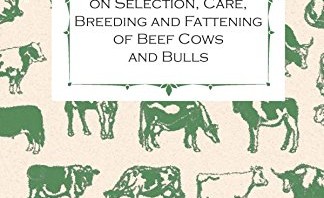
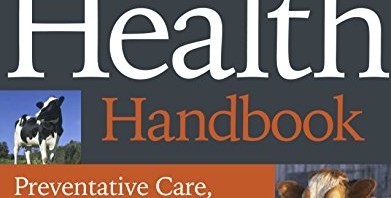
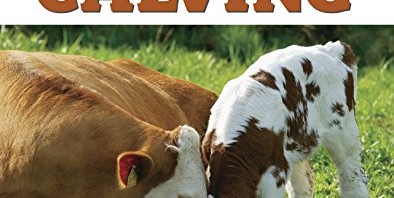
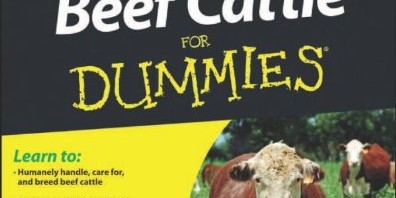
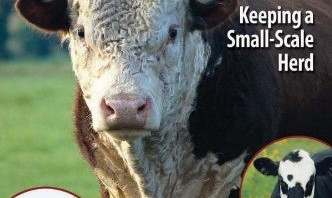
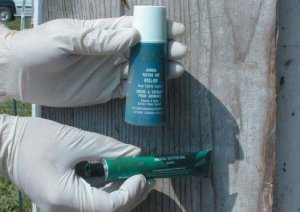 For inking
For inking 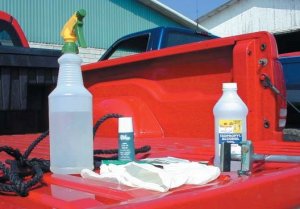 Biosecurity protocol should be followed by working in an environment that is as clean as possible. Other measures to decrease spread of disease include wearing gloves, using separate cloths or pads to clean cattle ears and disinfecting equipment between animals.
Biosecurity protocol should be followed by working in an environment that is as clean as possible. Other measures to decrease spread of disease include wearing gloves, using separate cloths or pads to clean cattle ears and disinfecting equipment between animals.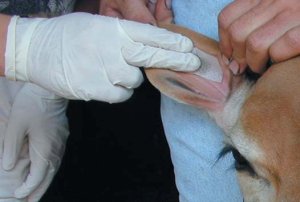 Using an alcohol pad, clean out the ear completely. Wax mixing with the ink can cause the tattoo to fade and become hard to read later on. Hair can also interfere with a proper tattoo, so the ears may need to be clipped. If no alcohol pads are available, rubbing alcohol and a soft clean cloth or cotton swab will work for removing the wax. Even a dry cloth to remove the wax is better than nothing. Cleaning is a good time to check and be sure the placement of a new tattoo does not interfere with a present or future tattoo. Also remember that the Brucellosis tattoo is placed in the right ear of female cattle.
Using an alcohol pad, clean out the ear completely. Wax mixing with the ink can cause the tattoo to fade and become hard to read later on. Hair can also interfere with a proper tattoo, so the ears may need to be clipped. If no alcohol pads are available, rubbing alcohol and a soft clean cloth or cotton swab will work for removing the wax. Even a dry cloth to remove the wax is better than nothing. Cleaning is a good time to check and be sure the placement of a new tattoo does not interfere with a present or future tattoo. Also remember that the Brucellosis tattoo is placed in the right ear of female cattle.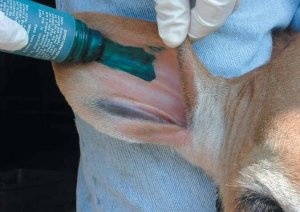 Apply a generous amount of ink over the area to be tattooed, usually between the middle ribs of the ear. Keep away from the hair around the edge of the ear. An area slightly larger than the tattoo equipment should be covered. You may find it a little messy but it is convenient to apply green paste ink with your finger.
Apply a generous amount of ink over the area to be tattooed, usually between the middle ribs of the ear. Keep away from the hair around the edge of the ear. An area slightly larger than the tattoo equipment should be covered. You may find it a little messy but it is convenient to apply green paste ink with your finger.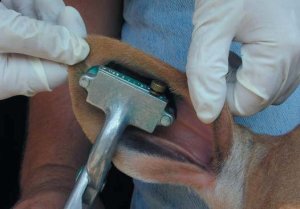 Hold the animal securely. After verifying the correct tattoo by punching it into a piece of paper, position the
Hold the animal securely. After verifying the correct tattoo by punching it into a piece of paper, position the 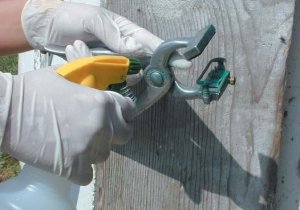 Sanitize the tattoo kit between animals by spraying rubbing alcohol on the pliers and the individual tattoo pieces that have been used. This cleaning will minimize infection in the tattoo and should be done before and after each procedure.
Sanitize the tattoo kit between animals by spraying rubbing alcohol on the pliers and the individual tattoo pieces that have been used. This cleaning will minimize infection in the tattoo and should be done before and after each procedure. After several weeks, the ink will dry and flake out of the ear, leaving a legible tattoo and a permanent means of identification.
After several weeks, the ink will dry and flake out of the ear, leaving a legible tattoo and a permanent means of identification.